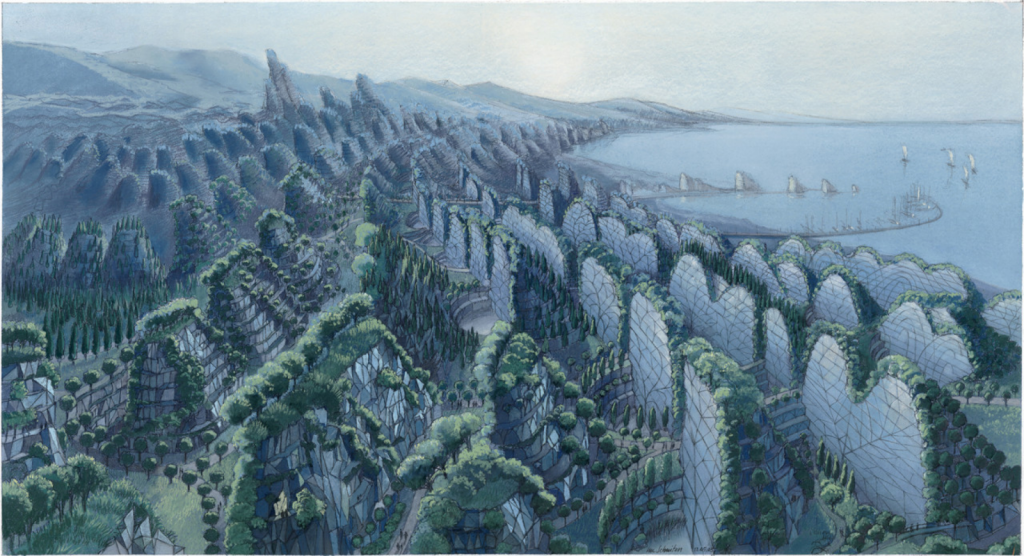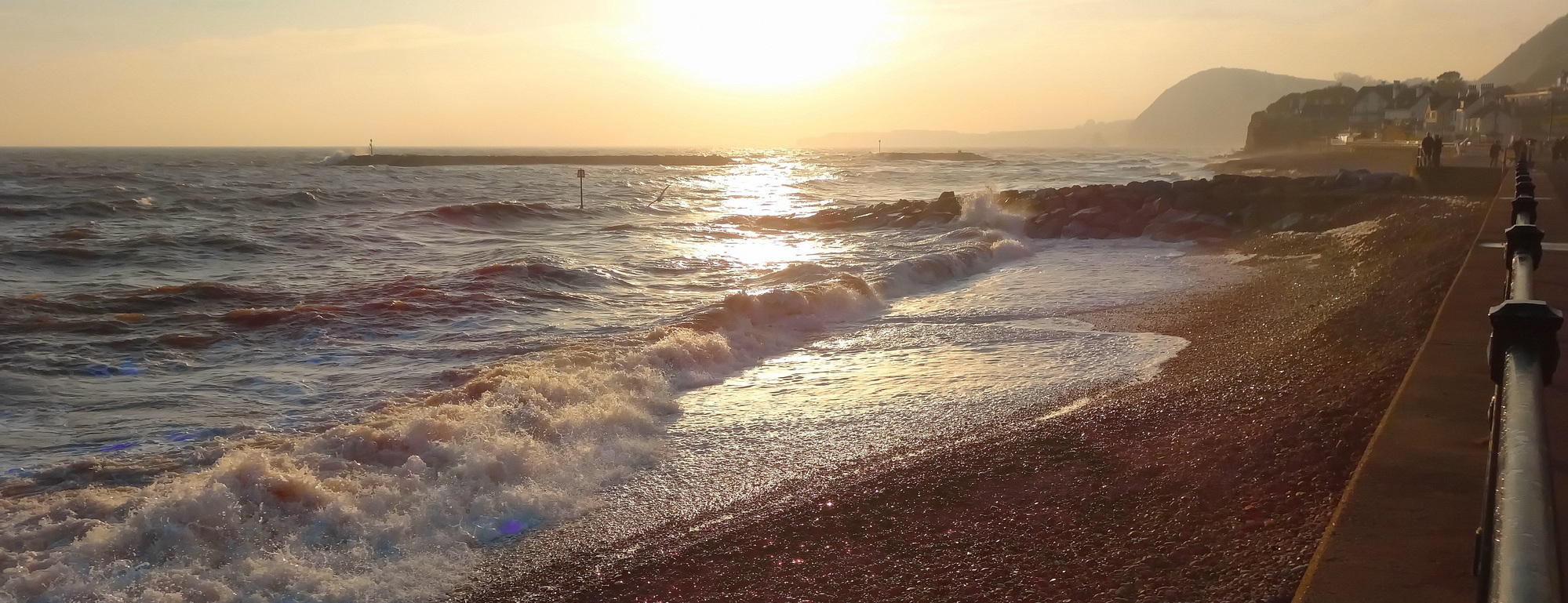The Los Angeles fires, fuelled by climate change, might feel a million miles from Sidmouth – and even further from any solarpunk visions – but maybe there’s something to watch for all of us.
Firstly, most of California doesn’t have enough water – which has for some time prompted the question of who owns the water? and movies such as China Town (depicting the ‘water wars’ of the 1930s) and Blade Runner (and its dystopian hell of 2049).
But, then, most of the UK let alone Devon, counterintuitively, doesn’t have enough water – as farmer and fish have to contend with more regular heat waves affecting our rivers’ waters, as we have to consider that the South West is actually running out of water, and that we need to be building water-efficient houses of tomorrow.
Next, looking at why LA is on fire, it’s not just climate change – as the latest from The Conversation’s “Imagine” newsletter explores:
Whether it was wise to bring flammable homes and cars into this fire-adapted wildland is a debate that should have started nearly a century ago, after the catastrophic Malibu fire in 1930. It didn’t, and late urban historian Mike Davis had a lot to say about why.
“Davis, who died in 2022, painted a vivid, if pessimistic picture of Los Angeles as both a real and imagined city perpetually on the brink of catastrophe,” says Alexander Howard, a senior lecturer in English and writing at the University of Sydney. “Davis’ Los Angeles is a place where – as he comprehensively details – commercial greed overrides common sense and the social good, where institutional racism marginalises vulnerable communities, and where wilful political inertia ensures history repeats itself with devastating consequences.”
Davis criticised liberal California politicians who greeted each new fire with calls to cut greenhouse gas emissions, but continued to allow real estate developers to “profitably but insanely, [build] in high-fire-risk areas”. Although motivated by greed, these developers were not alone in their assessment of southern California as a tranquil paradise ripe for luxury housing. LA’s urbanisation occurred “during one of the most unusual episodes of climatic and seismic benignity” according to Davis, who traced natural disasters and climate change back several centuries.
“These spans are too short to serve as reliable proxies for ecological time or to sample the possibilities of future environmental stress,” he writes. “In effect, we think ourselves gods upon the land but we are still really just tourists.”
The Sid Valley can also be seen as “a tranquil paradise ripe for luxury housing”: we only have to look at the detached retirement homes on the slopes of Sidmouth’s hills to see how that has happened over the last decades, let alone the splendid regency villas dotting the town.
Now there is even more pressure for new housing – but when it comes to what developers and politicians are pushing for, we have to ask where the infrastructure is, if we are at all getting to net-zero and if we are going to have more of the right sort of housing, ie affordable and not ‘luxury’.
And so, whilst we are not facing fire in the Sid Valley, we cannot blame all our problems on ‘climate change’ – but on the ‘wrong sort of development’ which is unsustainable from many perspectives.
To finish then, looking beyond climate apocalypse, it is the wider perspectives of solarpunk visions which can give us hope of being able to provide the sort of development which is not only truly sustainable, but actually desirable.
How about a ‘vegetal town’ on the coast?

An example of solarpunk art, Vegetal Cities by Luc Schuiten (2009)
…
